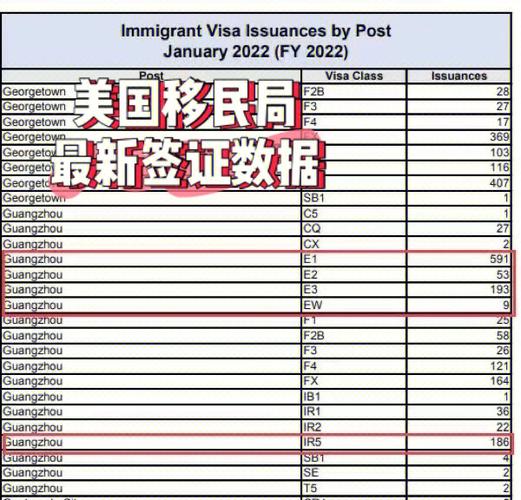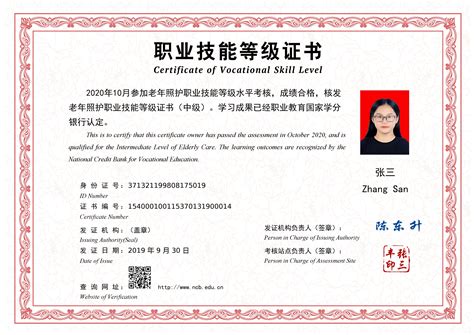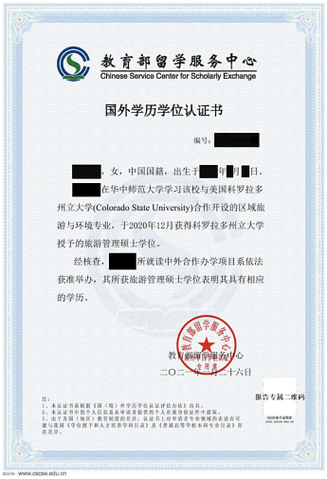美国EB5移民排期到了
Title: Understanding EB5 Immigration Priority Dates
The EB5 Immigrant Investor Program is a pathway for foreign investors to obtain permanent residency in the United States. One crucial aspect of the program is understanding the concept of priority dates and how they affect the immigration process. Let's delve into the EB5 priority date system and its significance for prospective immigrants.
What is the EB5 Program?
The EB5 program, administered by the United States Citizenship and Immigration Services (USCIS), enables eligible foreign investors to obtain a green card by investing in a new commercial enterprise that creates jobs in the United States. The program requires a minimum investment of $1.8 million, or $900,000 if the investment is made in a Targeted Employment Area (TEA) with high unemployment or rural areas.
Understanding Priority Dates
A priority date is the date when an investor's petition to participate in the EB5 program is filed with USCIS. It serves as the investor's place in line for visa processing. Due to the annual limit on EB5 visas, known as the visa quota, there may be a waiting period between the approval of the petition and the availability of a visa number. During this waiting period, the investor's priority date becomes crucial.
Visa Bulletin and Priority Date Movement
The U.S. Department of State publishes a monthly Visa Bulletin, which provides information on the availability of immigrant visa numbers for various categories, including EB5. The Visa Bulletin indicates whether a priority date is current, meaning visas are available for applicants with that priority date, or if there is a backlog, indicating a wait time for visa availability.
Factors Affecting Priority Date Movement
Several factors influence the movement of priority dates:
1.
Visa Quota:
The annual limit for EB5 visas is 10,000. Within this quota, each country is allotted a certain percentage, leading to variations in wait times for investors from different countries.2.
Demand:
High demand from investors can lead to a backlog of priority dates, causing longer waiting periods for visa availability.3.
Visa Retrogression:
In some cases, especially when the demand exceeds the available visa numbers, priority dates may retrogress, meaning they move backward in time, causing further delays for applicants.Tips for Investors

1.
Stay Informed:
Regularly check the Visa Bulletin to monitor the movement of priority dates and stay updated on any changes or developments.2.
Plan Ahead:
Understanding the potential waiting period based on current priority date trends can help investors plan their immigration timeline and financial commitments accordingly.3.
Consider CountrySpecific Factors:
Investors from countries with high demand for EB5 visas may face longer wait times. Exploring alternative immigration pathways or seeking professional advice can be beneficial.Conclusion
The EB5 program offers foreign investors a pathway to permanent residency in the United States, but understanding the nuances of priority dates is essential for navigating the immigration process effectively. By staying informed, planning ahead, and considering countryspecific factors, investors can better manage expectations and make informed decisions on their immigration journey.








